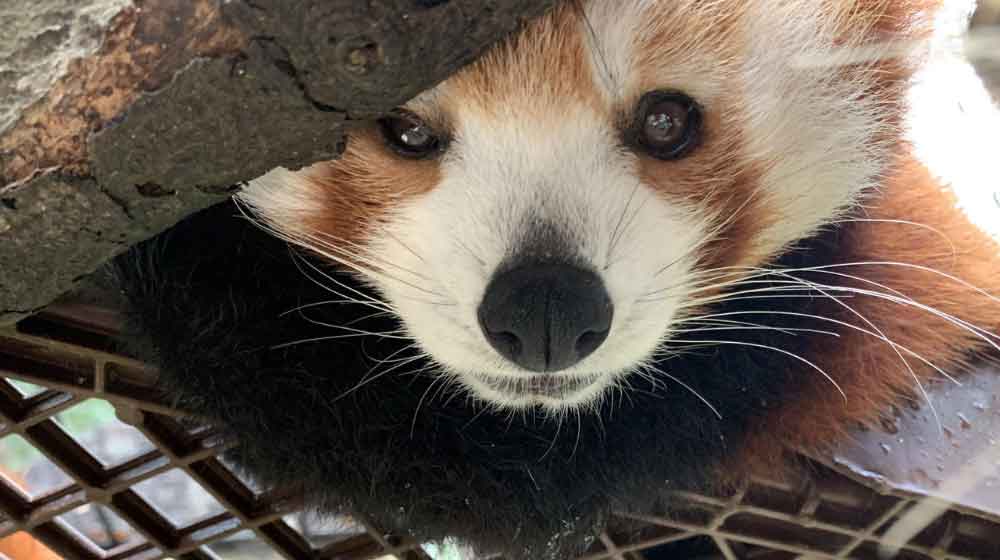Meet Our Animals
The Brandywine Zoo proves that great things do come in small packages. The Zoo features animals from the tropical and temperate areas of North and South America, Asia and Africa. Our animals range from more common species to the highly endangered. All enjoy natural settings and welcome your visit to the zoo. Some animals may be off exhibit during cold weather.
Ailurus fulgens fulgens
Red Panda

Habitat
Geographic Region & Range
Diet
Physical Description
Red to orange body, with white facial markings, brown to black belly and legs, and a white striped tail.
Lifespan
Natural Habitat: 8-10 years
Under Human Care: 13-18 years
Threats
Status

What are AZA Zoos doing for
Red Panda
Their zoo population is managed through conservation breeding programs called Species Survival Plan programs, which ensures genetic diversity and species health. There are around 200 individual red pandas at 85 AZA-accredited facilities. AZA zoos fund and participate in field research focusing on learning about red panda ecology, tracking wild populations and genetics, teaching local people ways to protect pandas, and partnering with targeted conservation organizations.
Fun Facts
The word panda is derived from a Nepalese term ‘ponva’ for “eater of bamboo”.
The Chinese name for the red panda is “HUNHO,” which in English means firefox.
Red Pandas are the original panda! Frédéric Cuvier, a French zoologist, first described the red panda in 1825, about 48 years before the giant panda was cataloged.
Red pandas are most closely related to raccoons, but they are the only living species in their taxonomic family.
Males leave a scent track that they secrete from the pads of their feet.
